
This Halloween, Plant a Witchy Moon Garden That Will Put You Under Its Spell
The author of ‘The Green Witch’s Garden’ gives Sunset readers a sneak peek at her new book.
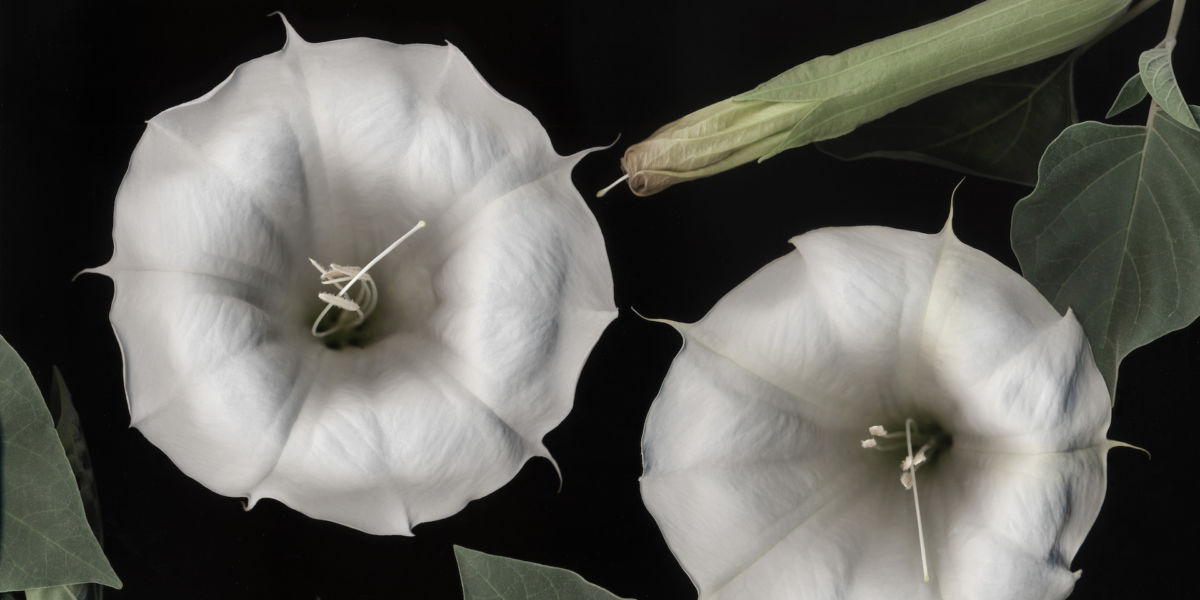
Arin Murphy-Hiscock is a serious witch, with 11 books about witchcraft to her name, including The Green Witch, The House Witch, and The Witch’s Book of Self-Care. In her latest, The Green Witch’s Garden, she mixes a cauldron full of good ideas.
Here, she tells Sunset readers why we should introduce ourselves to our plants, the garden prayer we didn’t know we needed, and how to plant a witch’s moon garden that will not only honor the lunar phases but also look positively luminous at night.
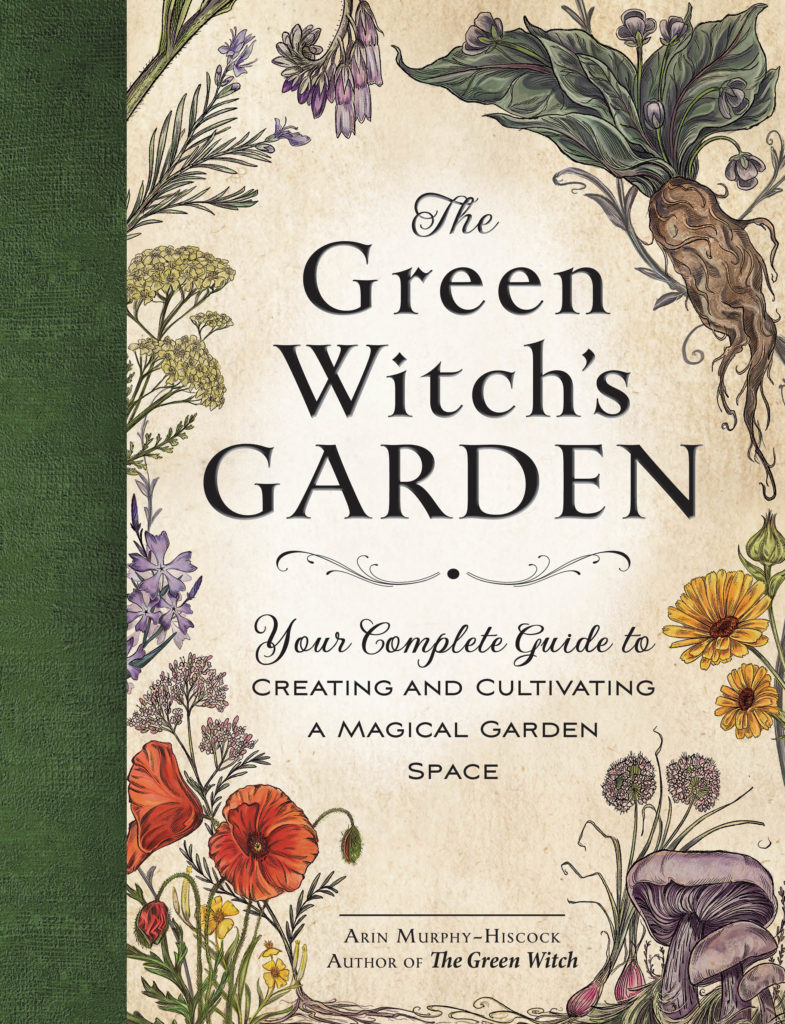
Sara Richard
Sunset: Your upcoming book is so full of fresh perspectives, environmental awareness, and plant care that you make becoming a green witch sound enticing and, frankly, necessary. Tell me more about what it means to be a “green witch,” and how can I become one?
Arin: Green witchcraft focuses on healing, balance, and harmony, based on the energies of the natural world. It’s about living with the rhythms of nature, looking to be as in sync as possible in order to remove or reduce the obstacles and challenges our crazy modern lives throw at us. The amount of stress we’re under is unreal; the spiritual path like that of the green witch looks to the natural world to help equalize our energy, refresh ourselves, and in turn support the natural world as best we can.
Sounds wonderful, but I suspect some readers might think, I know nothing about witchcraft! How can I plant a witch’s garden?
Being a green witch isn’t about how successful you are at growing plants. If that were true, I’d be a poor green witch!
Anyone can start anytime. Remember that this is a spiritual path. No one is judging or grading you. You’re just trying to live your life in a better way. Start by incorporating little things, like five minutes of quiet time or meditation a day in a natural setting like a park or your plant area indoors. Observe natural rhythms, especially as the seasons shift. Green witchcraft is so natural and freeform; it’s a personal expression and a way of life, not a set of practices.
I loved your book’s moon garden section, and the idea of a garden that glows with white flowers when lit by lunar phases sounds breathtaking. How can I plant one?
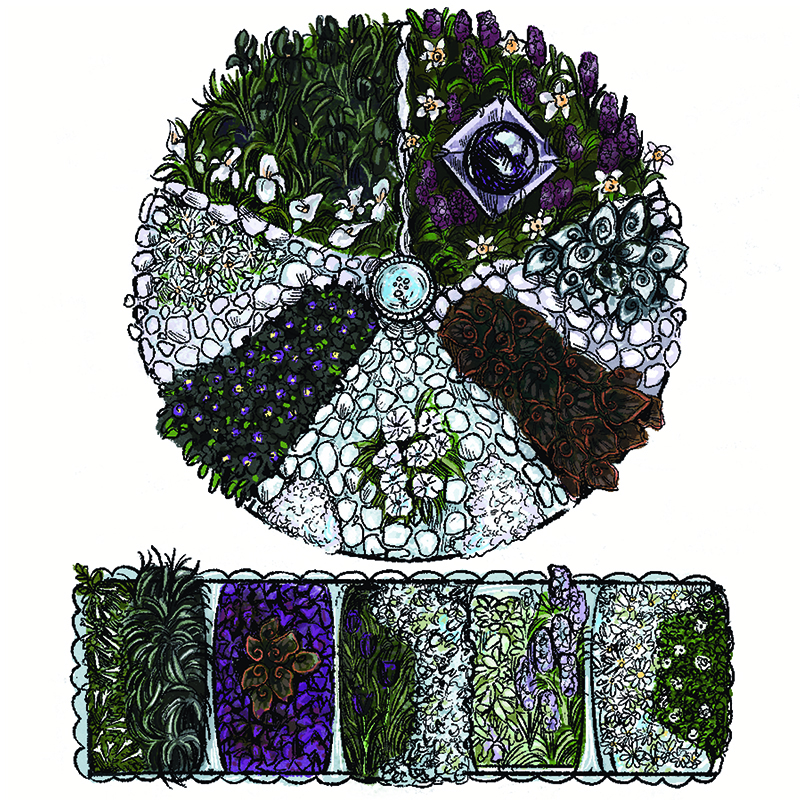
Sara Richard
It’s covered in detail in my upcoming book, but I’ll hit some highlights. The idea behind a phase-themed moon garden is that it honors an important symbol in witchcraft of most kinds, as well as some traditional agricultural techniques (gardening by moon phases is still practiced). As a bonus, balanced lunar-associated energy in your home helps create a more spiritually supportive space.
My personal favorite version of a moon garden (and probably the easiest) is planting an assortment of herbs, shrubs, and flowers that feature energies that correspond to the waxing and waning energies of the moon phases. The other great thing about a garden like this is that it can be done indoors.
Can you tell me about the lunar phases and their associated energies?
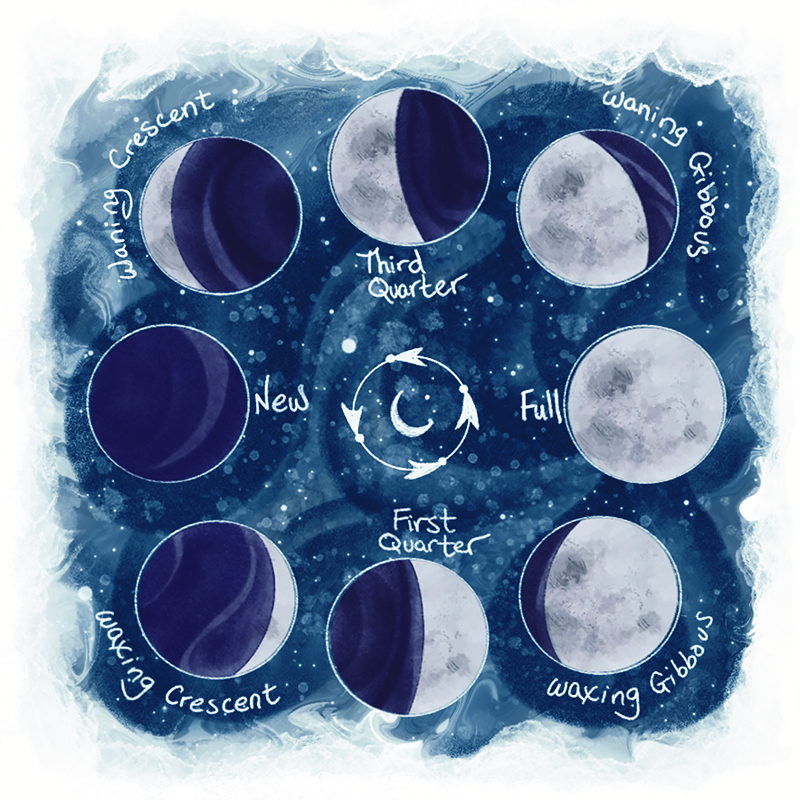
Sara Richard
Broadly, they are new (beginnings/planning energy), waxing (growing and expanding energy), full (healing, protection energies), waning (decreasing energy), and dark (introspective and banishing energies). There are subtleties, but those are the general categories.
The idea behind a moon phase garden is to choose one (or more) plant to put in each of the five categories. Plants have individual energies that can supplement the energies of your space, and they also have traditional associations that practitioners have used for centuries.
For example, lavender is associated with peace, blessing, and protection; it’s a useful, multipurpose plant that could be used for the full moon phase.
The waxing moon could be represented by mint, which is associated with prosperity, creativity, and learning.
We could choose vetiver for overcoming obstacles since waning moon energy looks at shrinking undesirable things.
And for the dark moon, perhaps anise, as it wards off negativity as well as encouraging meditation and eases sleep, both things that support introspection and renewal during the dark moon.
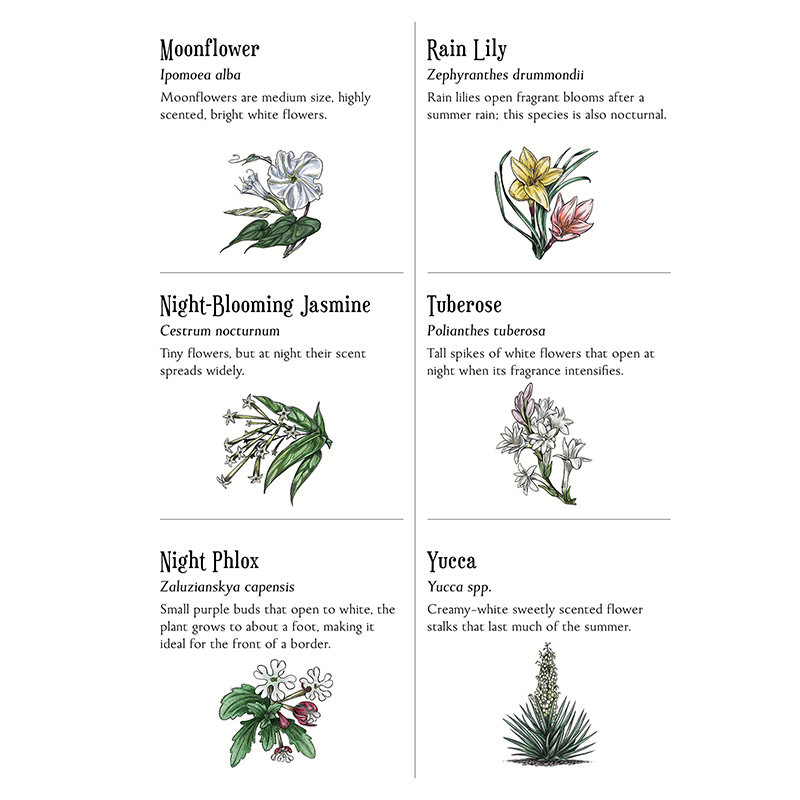
Sara Richard
I’m excited to get started. What else do I need? Something goth, maybe?
You really don’t need a lot! If you like, you can add things you associate with the moon to your garden area. Quartz crystals, pale colors like white or silver, lunar symbols, lanterns or candles, goddess symbols … the (night) sky is the limit! The idea is to evoke the mystery and beauty of the moon with such decor.
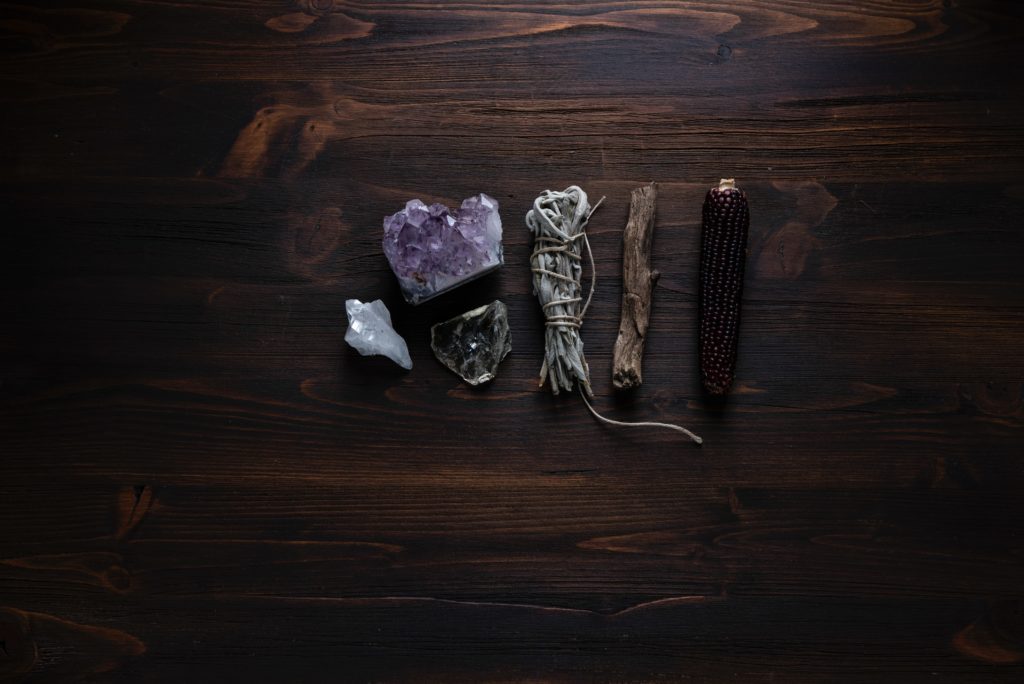
Joanna Kosinska
In your book you mention Samhain, can you explain what that is?
Samhain is the final harvest festival; the agricultural farewell to the seasons of life and growth, and the preparation for the coming dark season where we turn inward and rest. This rest period is essential in agriculture. The organic elements in soil need to decompose into nutrients to restore what has been used up in the growing season.
This rest period is important to honor in our lives as well. In the modern Wheel of the Year, the period between Samhain (roughly Oct. 31) and Yule (the winter solstice, around Dec. 21) is a period of introspection. As the days grow colder, the hours of sunlight decrease, and we can reflect on that fallow period of rest as it applies to our own lives.
Is there something we could try on Samhain—or Halloween—that would work as a green witch ritual or practice?
You can use a prayer like this to bless the garden for this coming period:
Garden,
I honor you for your work throughout the past season.
Your growth, expansion, and produce have brought joy and comfort.
Now comes the time to rest,
To turn inward and sleep,
To build up strength,
So that in the spring, we can work together once again.
May your dreams be sweet.
May you awaken refreshed.
So may it be.
If you like, you can write a similar awakening prayer to speak as you begin to prep that garden for the next growing season, when the time comes!
Lastly, let’s talk about checking in spiritually with our plants. I love this concept.
Extend [your plants] respect by communicating with them, even wordlessly, that you consider them living beings worthy of being cared for and worked with.
If you’re a gardener, you’ve noticed that most plants love attention. Reach out with your awareness and try to touch the energy of the plant. How does it feel to you? Introduce yourself (aloud or in your heart) and explain that you want to work with them and help them grow as healthy and strong as possible.
As a green witch, respect for all parts of the natural world is essential, and plants are partners, not objects. The idea behind this is that plants are living things, therefore have energy and spirit to them. If you’re working with them, it’s only polite to introduce yourself.
